-

Historical Agriculture
-
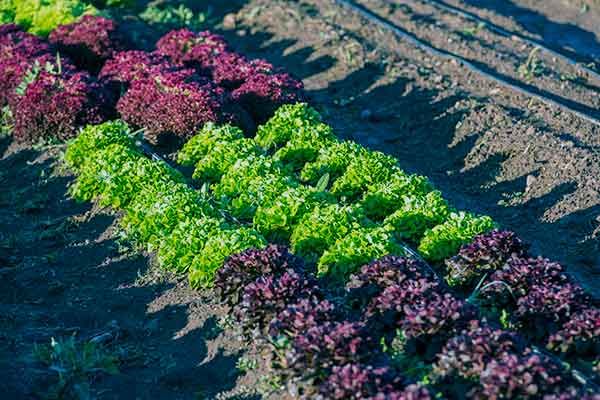
Contemporary Agriculture
-
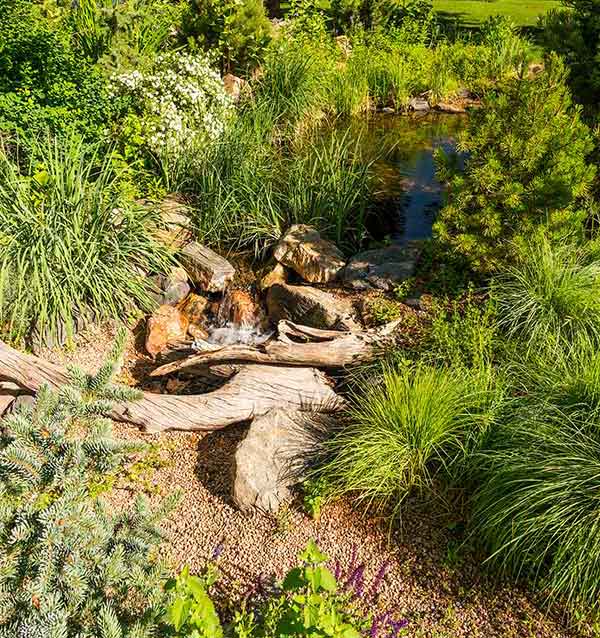
Deer Creek Natural Area
-
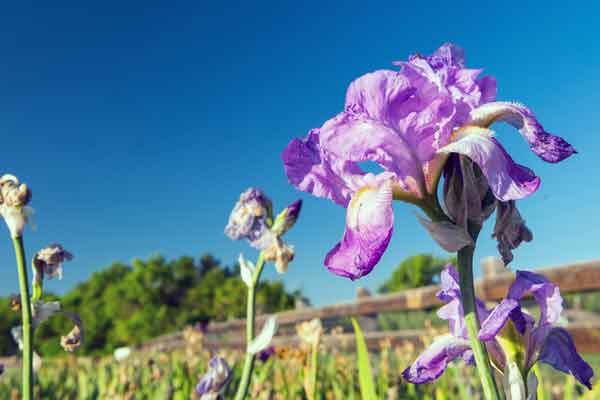
Gardens for the West
Historical Agriculture
The water and rich soil of the South Platte Valley drew farmers and ranchers to this area in the late 1800s. Today, Chatfield Farms preserves the tradition of 150 years of agricultural activity with an historic ranch site and contemporary, small-scale farming to feed the community.
Hildebrand Ranch
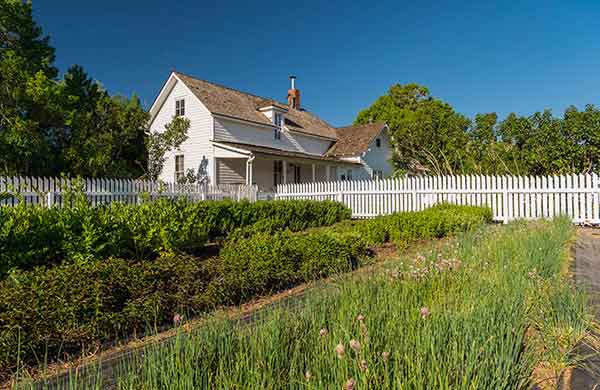
The Hildebrand Ranch House at Chatfield Farms.
The restored log and clapboard buildings along the banks of Deer Creek are remnants of the Hildebrand family’s extensive farming and ranching operation, begun in 1866.
Dye Garden
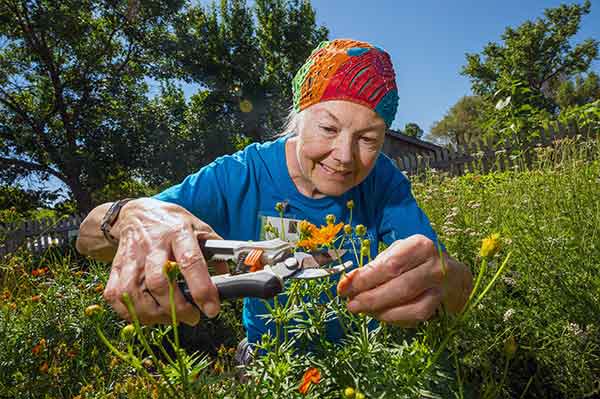
Flowers harvested in Janice Ford Memorial Dye Garden.
Before the advent of synthetic dyes, most dyes were made from plants. The Rocky Mountain Weaver’s Guild uses the plants in the Janice Ford Memorial Dye Garden to make dyes in a modern continuation of this historic connection between people and the landscape.
Contemporary Agriculture
Today, Chatfield Farms is a working farm growing produce for the Gardens' food programs continuing its long legacy of agriculture.
CSA Washstand
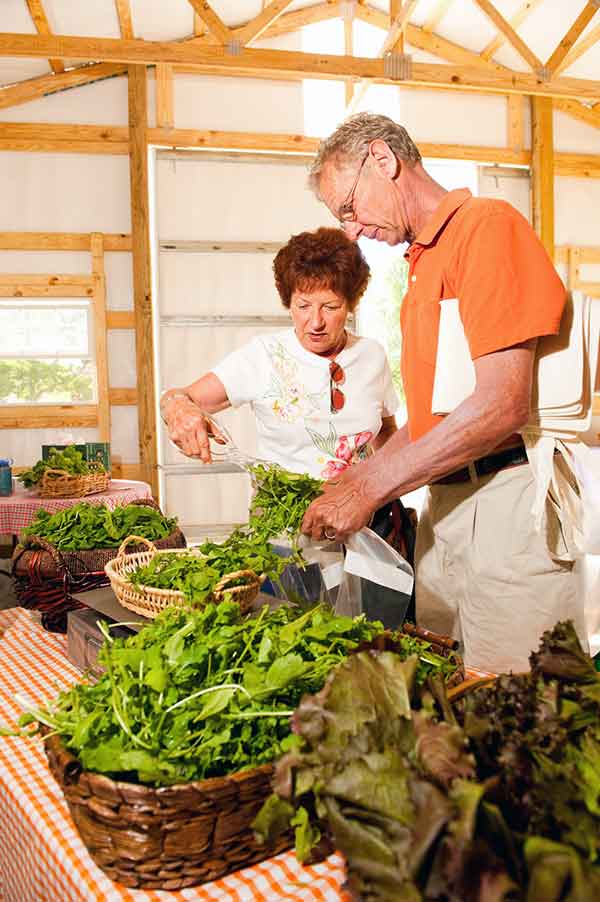
CSA members select fresh vegetables in the CSA Washstand.
This building is the hub of the Community Supporting Agriculture (CSA) program, in which members receive a weekly share of fresh produce grown onsite.
Market Garden

Vegetables growing in the Market Garden.
This one-acre garden demonstrates small-scale sustainable farming without using synthetic pesticides or fertilizers. It supplies vegetables for weekly farm stands throughout metro Denver and is part of Denver Botanic Gardens' commitment to increase access to fresh, healthy food.
Corn Maze & Pumpkins
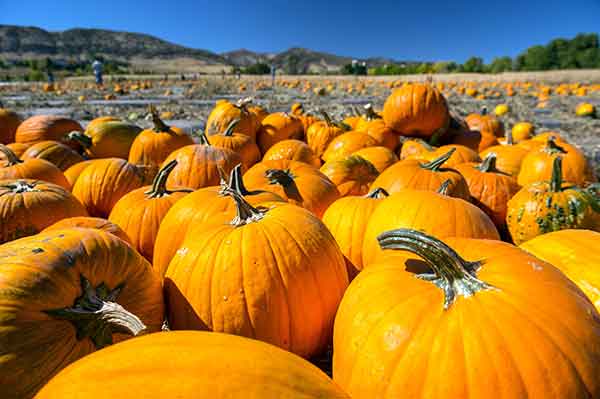
Pumpkins in Chatfield Farms' Pumpkin Patch
Fields are planted each spring in anticipation of the Gardens’ two largest fall public events, Corn Maze and Pumpkin Festival.
Deer Creek Natural Area
Deer Creek is a seasonal stream that flows for part of the year throughout the entire property on its way to Chatfield Reservoir. In addition to its use for irrigation water, the stream and its banks are home to a surprising diversity of plants and animals.
Nature Trails

One of Chatfield Farms’ nature trails.
Chatfield Farms' rustic nature trails wind through prairie, around wetlands, and under the shady cottonwoods of the creek. The area is prime habitat for wildlife, particularly birds.
Restoration Area
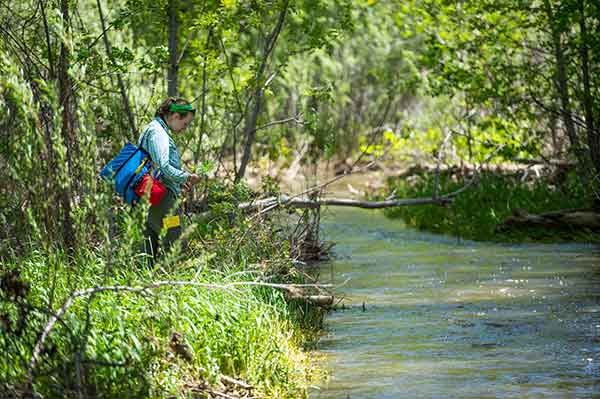
A Gardens research scientist stands on the bank of Deer Creek.
After hundreds of years of human use, the native plant and animal diversity of Deer Creek has suffered. Researchers are working to improve the habitat by restoring seasonal flooding, removing invasive species, and planting native plants.
Gardens for the West
Gardening in the Rocky Mountain West has its challenges: a short growing season, unpredictable weather and a semiarid climate. Chatfield Farms' cultivated gardens demonstrate garden designs, plant choices, and horticultural techniques to use in this challenging environment.
Prairie Garden
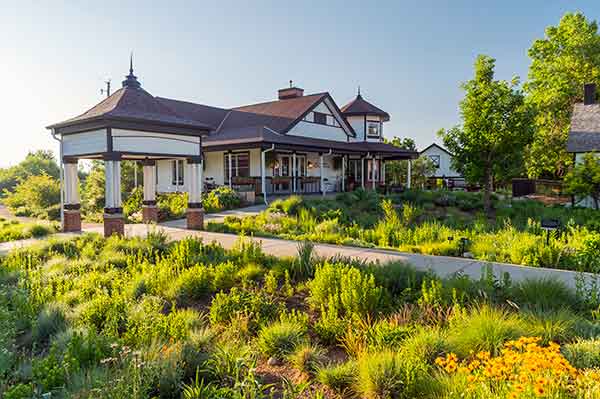
The Prairie Garden at Chatfield Farms.
This garden presents plants from the Great Plains and Southern Rocky Mountains. Each garden bed is planted to take advantage of the variation of growing conditions around the visitor center.
Iris Garden

Irises growing at Chatfield Farms' Iris Garden.
Bearded irises were originally brought to Colorado by early European settlers, who found them well-suited to the climate. This garden primarily features historical iris varieties, preserving them for future generations.
Butterflies at Chatfield
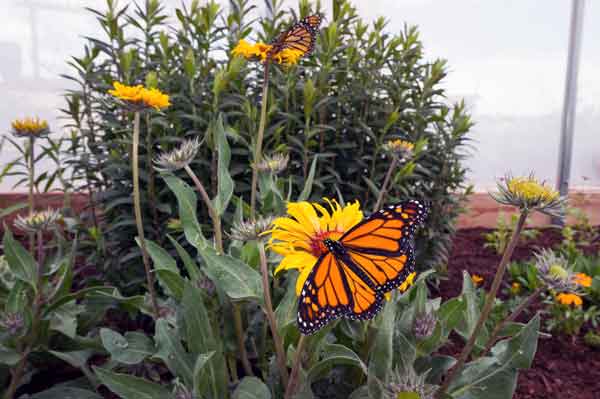
A monarch butterfly alights on a flower in the butterfly house.
During the spring and summer months, the butterfly house offers an opportunity to experience butterflies up-close. The enclosed garden provides food and habitat for native butterflies such as swallowtails, monarchs, mourning cloaks and painted ladies.
 |
 |
 |
